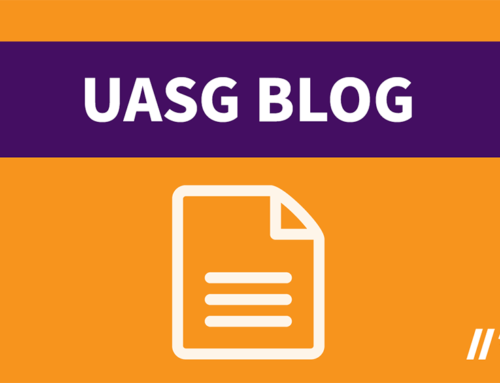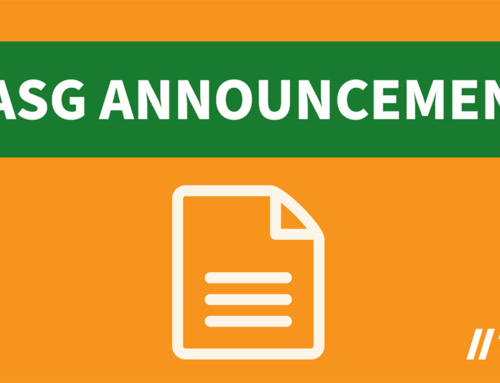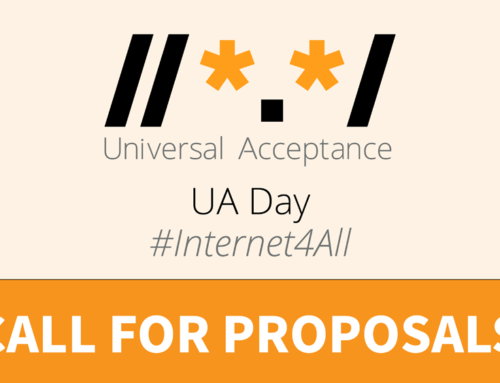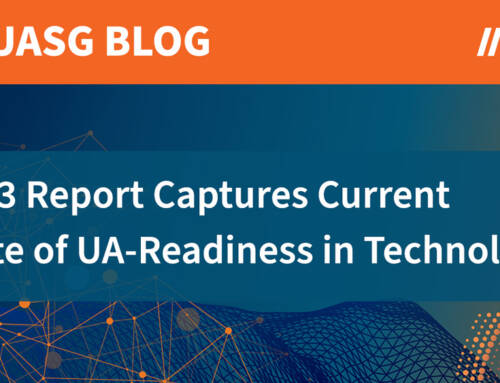By John Levine
Since its inception in 2015, the Universal Acceptance Steering Group (UASG) has focused on raising awareness of Universal Acceptance (UA) issues, providing support and measuring the industry’s progress on UA adoption. This includes Email Address Internationalization (EAI), which allows email addresses to use all kinds of scripts, even those that are not based on the Latin alphabet. We recently concluded a test of mail servers across domains registered in hundreds of top-level domains (TLDs) to see whether they have mail servers that accept EAI mail – and the findings were encouraging.
Before we examine the results, some context: Until 2010 email used only non-accented Latin characters (A-Z, 0-9) for addresses, even for people who write in languages such as Russian, Hindi, Thai or Chinese. Only a minority of the world’s population uses a Latin alphabet with no accents in their daily lives, and the next billion Internet users are even less likely to do so. To make email accessible for a global audience, people need to be able to write their email address in their native script. With EAI, that’s now possible. However, email software and services need to make specific updates to support them. Specifically, they must be able to support IDNs (Internationalized Domain Names) in the domain name, as well as non-ASCII characters in the mailbox name, and they must advertise this fact to other email software by announcing SMTPUTF8.
The industry is beginning to prioritize EAI-readiness, with both Microsoft and Google’s cloud-based email services now able to send to and receive from all valid email addresses, and a number of other email providers in various stages of readiness and/or planning for support over the next year. Our test was intended to estimate current EAI adoption as a benchmark for future progress. Here’s what we found.
Test Findings – By the Numbers
- Based on an examination of about 1,250 TLDs, 7 percent of the mail servers based on the domains sampled were EAI-ready. The TLDs measured ranged from the largest, .COM, down to smaller TLDs with a handful of names. In the largest TLDs (over a million names), 10.5 percent of the mail servers based on the domains sampled were EAI-ready.
- After looking at over 1.4 million registered names, we found more than 400,000 MX records that identified over 55,000 mail servers.
- IDN TLDs were significantly less ready than non-IDN (4.7 percent rather than 9.8 percent), but most IDN TLDs are small and none of the ones sampled have many active mail servers.
- The fraction of domains within a TLD that accepted EAI mail ranged from 100 percent down to 0 percent, with the extremes all being in domains with very few mail servers. In domains with over 50,000 registrations, it ranged from a high of 25 percent of sampled domains being EAI-ready in .SOLUTIONS to a low of none in .REN.
Full test results, including methodology, can be found here. While the results point to continued growth in EAI adoption, there is more work to be done before everyone – regardless of the language they speak or the TLD that their email is based on – can use the email address that best suits their sense of identity.
If you would like to check whether your email address is EAI compliant, the UASG created a tool that will test your email. If you’d like more information on EAI or the UASG, contact us here.
John Levine is a UASG member and an internationally recognized expert on the Internet, email, cybersecurity and related topics. He is the author of “The Internet for Dummies.”






